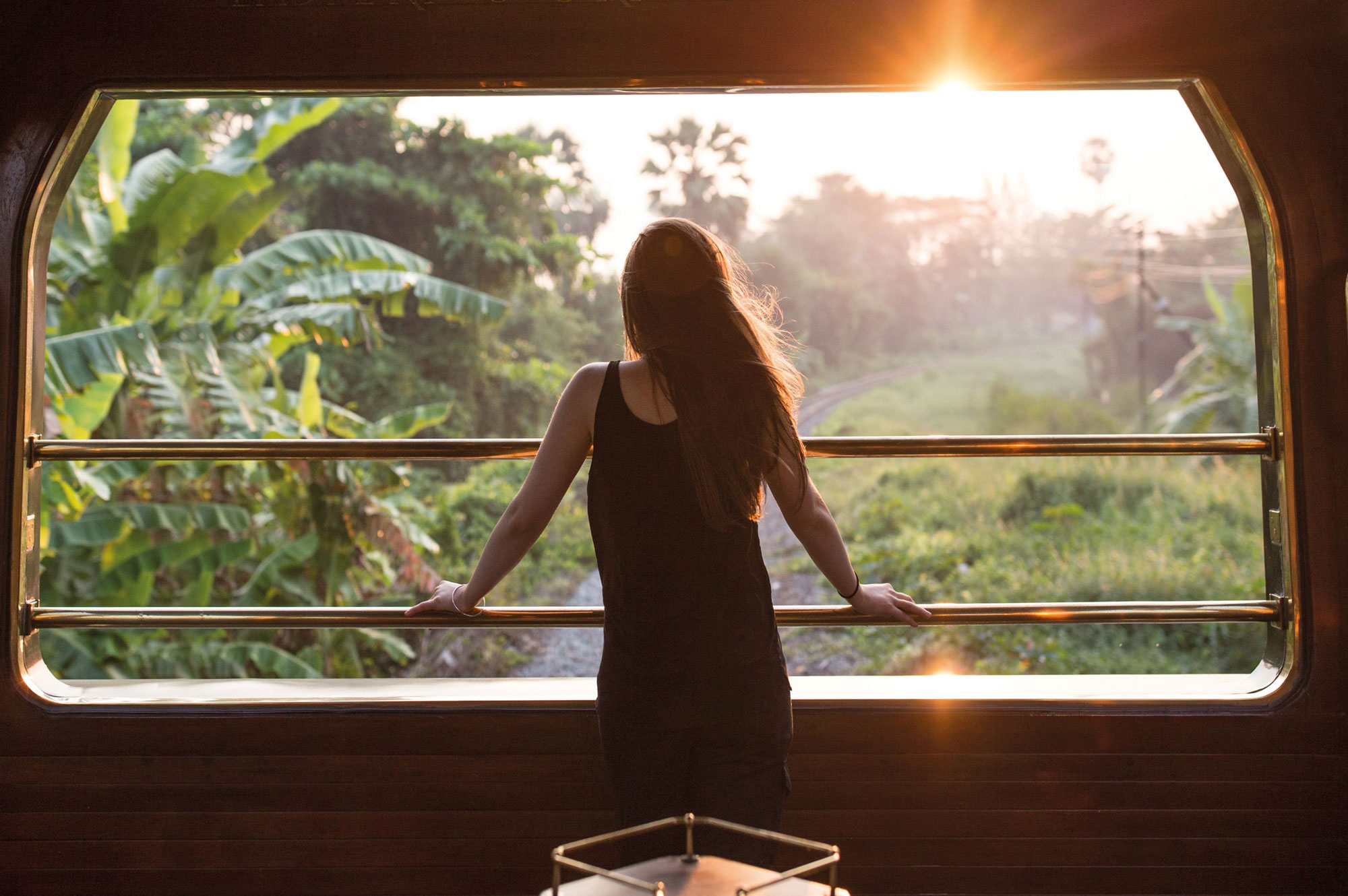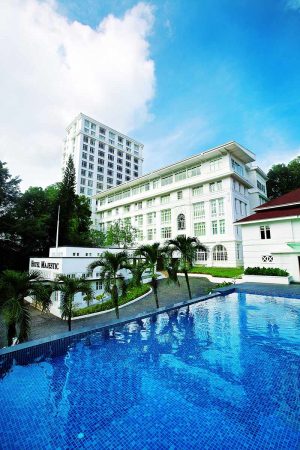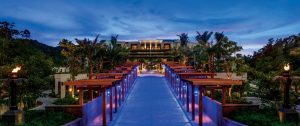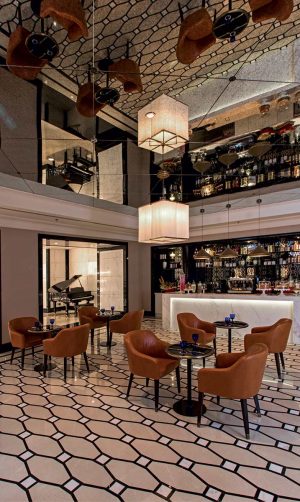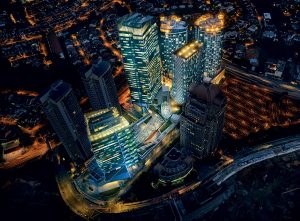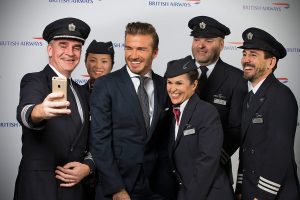In a hurry to jump back into travelling once the global pandemic eases up? You’re not alone. However, like many others, you might be rethinking what your vacations will look like once international travel starts up again.
Indeed, the travel and tourism industry’s lull since Covid hit has made way for shifts in the ways people desire to travel. According to Skycanner’s APAC Travel Trends, ‘Slow Travel’ was the most popular type of trip would-be travellers from Asia Pacific hope to take in 2020, favoured by 24% of respondents.
As the landscape of travel rebuilds and reshapes to suit these changing needs, we take a look at what exactly the slow travel movement is, and what it might mean for the future of luxury travel.
View this post on Instagram
What is slow travel?
More of a state of mind than a set of rules or practice, slow travel might be easier to define by what it’s not than what it is. Ten-countries-in-ten-days tours across Europe, haphazardly chasing down sightseeing buses in an attempt to check off every tourist must-see spot in a city, bounding from one picturesque scene to the next to fill up an Instagram quota – the slow travel movement rejects all of it in favour of deep, thoughtful immersions and being deliberately present in the places you visit.
Slow travel derives from the slow food movement, which garnered support as a protest in the 1980s against the opening of a McDonald’s in Rome, eventually burgeoning into a ‘slow’ lifestyle that centres local cuisine and ingredients, traditional cooking and communal eating.
Similarly, the philosophy of slow travel is one of quality over quantity, where it is preferable to experience one area well rather than just scratching the surface of many different ones. With an emphasis on creating memorable connections with the location as well as its people and culture, you might see proponents of slow travel choosing trains instead of planes, winding scenic routes in lieu of highways, bikes and hikes visiting villages and small towns rather than bustling centres of mass tourism.
In response to the emerging demand for mindful, experiential journeys rather than efficient, ambitious globetrotting, travel providers and hospitality brands are seeking to serve those needs by curating experiences that merge slow, meaningful itineraries with high end amenities.
View this post on Instagram
Why is luxury travel taking it slow?
With Covid bringing an awareness of social distancing and fears of viral spread, the prospect of huddling together with hordes of fellow tourists in compact hubs has become increasingly unpalatable to many. Furthermore, making rounds from region to region in a multiple-destination vacation might prompt worries in this pandemic-wary age.
Another reason for an increase in slow travel is the growing public awareness of the travel industry’s impact on the environment. The demand for more sustainable practices coincides with slow travel’s lessened need for carbon emitting modes of transport on whirlwind tours. In this way, another upside to ditching planes for trains, and cars for bikes, aside from an opportunity to better appreciate your surroundings, is knowing you have consciously made decisions that are kinder to the earth, and respectful of the local communities you visit.
More notably, the effect of Covid and the changes in lifestyle has caused the affluent to re-evaluate concepts of luxury, placing a higher value on wellness and health. As slow travel promotes a transformative and enriching effect on the traveller through the process of the journey, it is ideal for clientele looking to improve their physical, mental, and spiritual well-being. In addition to unique and personalised itineraries, luxury travel options have incorporated digital detoxes, fitness concierges, sleep enhancement programs and the like.
View this post on Instagram
What does luxury slow travel look like?
The luxury travel scene is rife with opportunity to accommodate the needs of slow travellers. Sleeper trains like the Eastern and Oriental Express between Singapore and Thailand have for years offered travellers unhurried journeys immersed in decadent old-world splendour and first rate service. Boutique luxury cruises along the Mekong river provide a quieter, far less crowded alternative to the commotion of thousand-passenger cruise liners, languidly gliding along scenic vistas and guiding visitors to secluded locations.
Those looking for a slow travel experience with wellness at the top of their needs have an abundance of choice. Brands like Mandarin Oriental in Macau deliver digital detox wellness packages, inclusive of targeted massage techniques and mindfulness activities to keep guests away from their devices. If better rest is the goal, the Anantara Peace Haven Tangalle Resort in Sri Lanka takes visitors on a five-day sleep pattern resetting program. At the Raffles Hotel in Bali, a ‘wellbeing butler’ is at your beck and call.
Aside from replenishing health and well-being, the slow travel mindset has found its way into the luxury sphere through enriching activities that puts travellers in closer interaction with the local area. The Casa di Langa in Italy recently launched the world’s first truffle concierge service, bringing visitors along a local truffle hunting journey that’s finished off with a three-course truffle-themed dinner. Hospitality brands have also further enhanced their offerings with cultural experiences such as traditional dance or cooking classes, while catering to adventure-seekers with curated expeditions and excursions into local landscapes.
View this post on Instagram
Photo: Belmond


